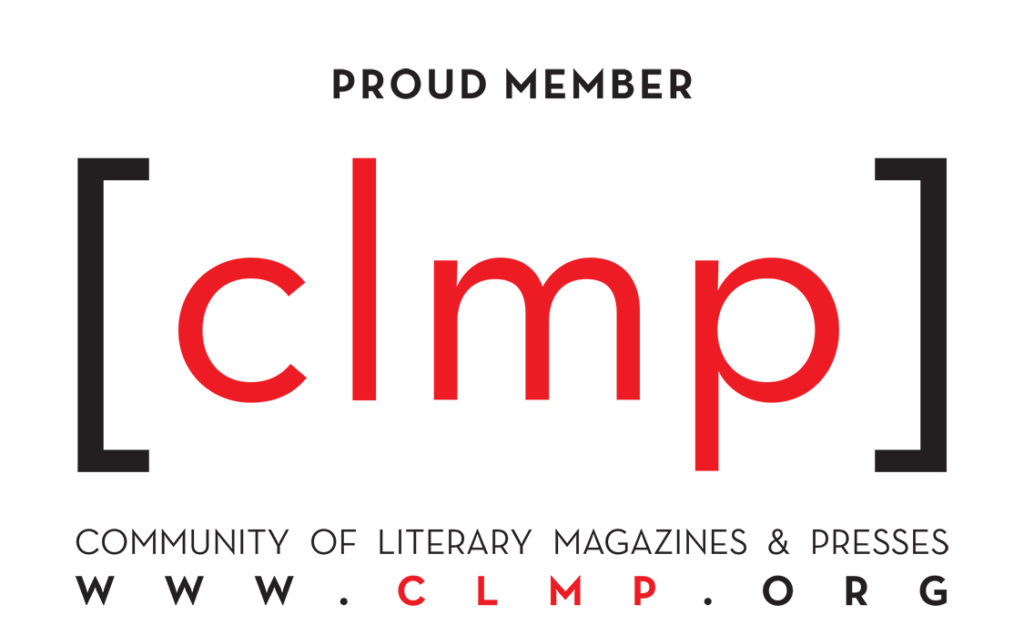Nonfiction by Joan Potter
Every day when I take off my glasses to brush my teeth, I see my blurry face in the mirror above the sink. I close my eyes before I start brushing so the mint spray won’t hit my sensitive eyes. But when I’m finished and put the glasses back on, the bathroom, the kitchen, the whole apartment is still fuzzy.
My eye condition, macular degeneration, was diagnosed three years ago, and is gradually getting worse; I know it can eventually lead to blindness. At two o’clock in the morning, when I tend to wake up awash in anxiety, I start thinking about what my life will be like as the blurriness, the distortions, the wavy lines and blind spots, keep getting worse. What if I can no longer read, or stream movies on my iPad? I wonder what people do all day when they can’t see.
I’ve been receiving treatment – regular injections into both eyes. It’s not as bad as it sounds. Searching online, I read about aids for people with what is called low vision. There are magnifiers of various sizes, voice-to-text software, text-to-voice software, and other devices I might have to use someday when my world gets foggier.
I try to avoid telling people about my diagnosis. When I do, I feel embarrassed, apologetic, and strangely ashamed. My sons know, of course. They drive me to the supermarket and Target and help me find things on the shelves. They watch me carefully when I’m walking with them to make sure I don’t trip over a bump that I didn’t see. I’ve told a few friends so they’ll understand why I can no longer drive to their houses or take long walks.
One of the first symptoms of this condition is the inability to make out faces of people seen from several feet away. It’s almost impossible for me to recognize acquaintances who are across a room or heading in my direction when I’m walking down the street.
Sometimes I see a friend, Lisa, coming my way. On warm days I know it’s her because she always wears a white shirt with the sleeves rolled to the elbows, revealing her many tattoos. But one day her sleeves reached her wrists. I didn’t wave and smile as this figure walked toward me; when we were face to face I explained why. Now, whenever I bump into her downtown, she comes really close to me and announces, “I’m Lisa.”
Two weeks ago, a smiling woman waved to me in the library parking lot. I responded with a tentative gesture but couldn’t figure out who she was until she had already driven away. A couple of days later I squinted at a man relaxing on a bench in the sun near my apartment building. I thought he might have been one of my favorite neighbors, but it was too awkward to approach him for a chat, in case he wasn’t.
So far, the worst experience was when I didn’t recognize one of my closest friends, a woman I’ve known for twenty-five years. She was walking toward me on a downtown street. From the little I could make out, she appeared to be happy to see me. Hers was a face I had looked at hundreds of times. And yet, she had to do what Lisa had done, stand close to me and say her name.
For days afterward, I was haunted by the scene. Not only that I couldn’t see her face, but that I imagined she saw me as pitiable, a version of myself – once energetic and independent – that I’ve been trying to conceal.
Joan Potter‘s personal essays have appeared in several anthologies as well as such literary journals as Persimmon Tree, The RavensPerch, Bright Flash Literary Review, Iron Horse Literary Review, Stone Canoe, New Croton Review and others. She is the author of several nonfiction books.










